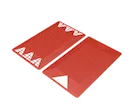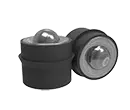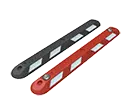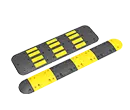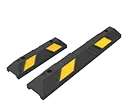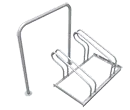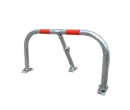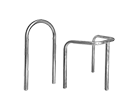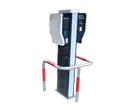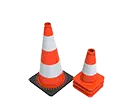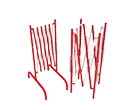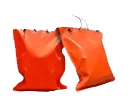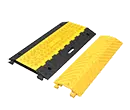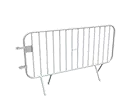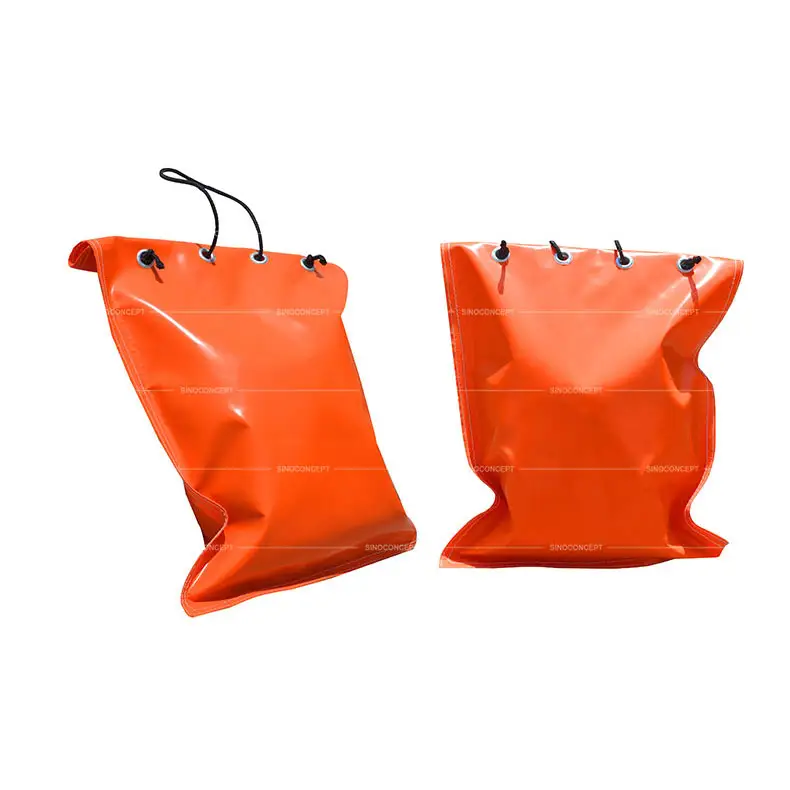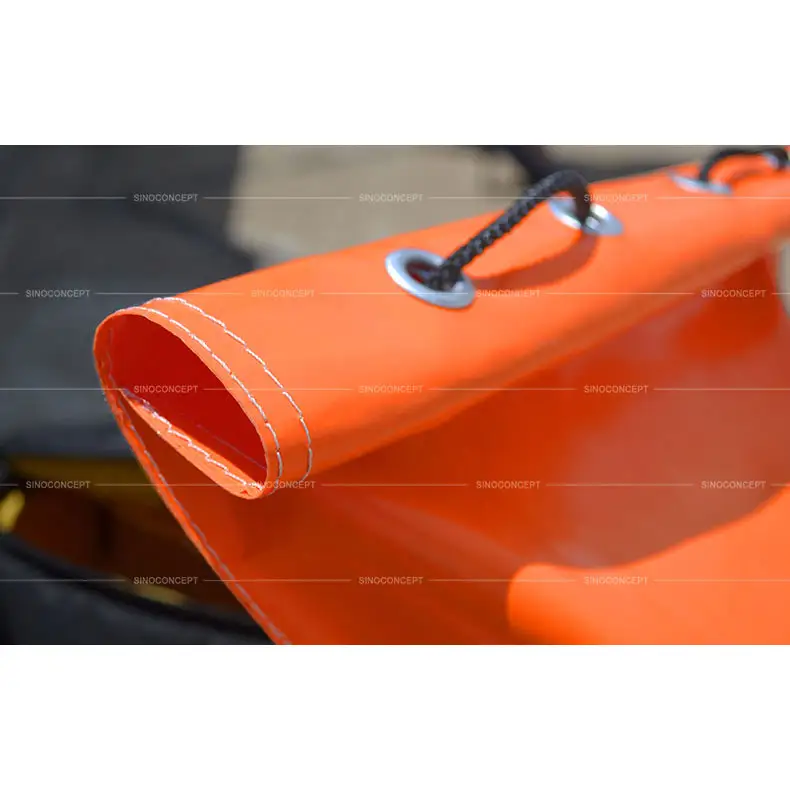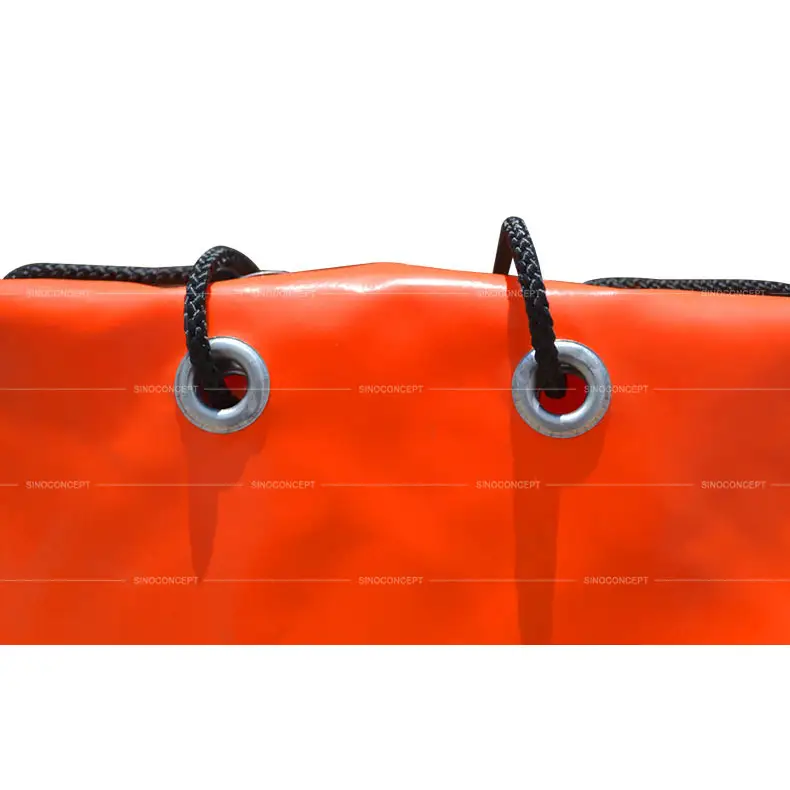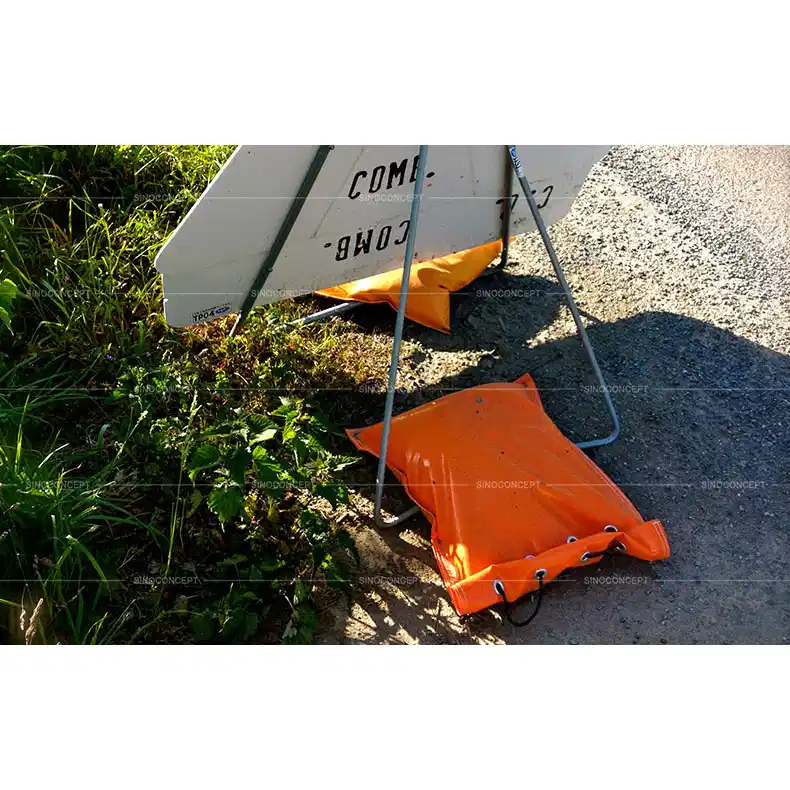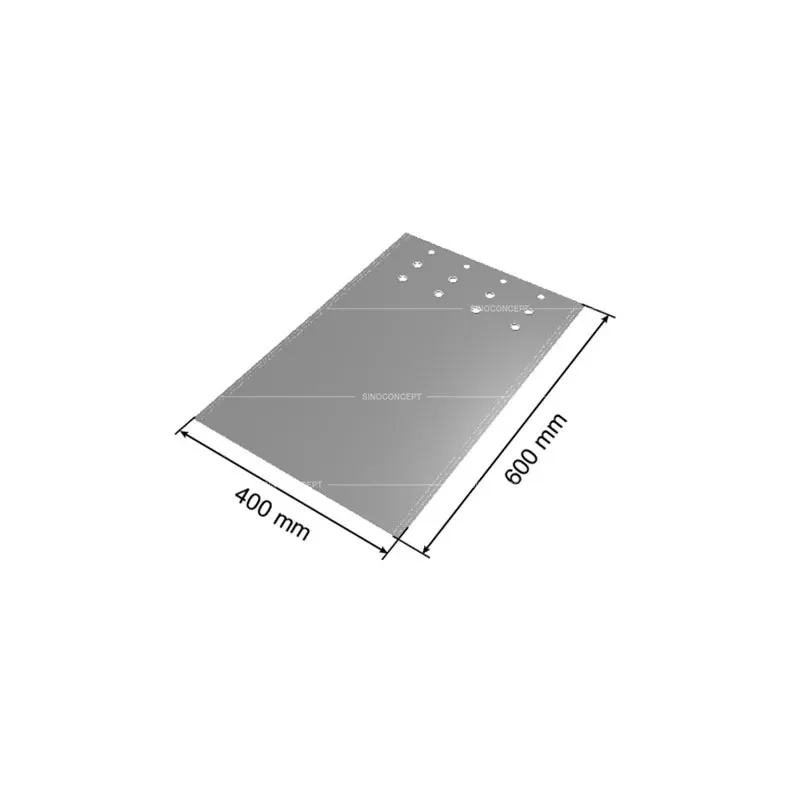Specifications and dimensions of our ballast sandbags
Orange PVC Sandbag for Site Safety
Sino Concept’s orange sandbags are a reliable and useful solution to weigh down temporary signs, posts or barriers. Our sand bags are made for tough outdoor use and help stop signs or temporary barriers from falling or moving because of wind or cars.
With a fill capacity of up to 15 kg, our PVC sand bags provide the stability on roadwork or event sites. The bright colour improves visibility, and the UV protection coating helps it stay strong and durable under sunlight.
Why Choose Our Heavy Duty PVC Sandbags?
PVC sandbag is a simple but important safety product, made to work well in tough conditions and quick to set up.
Strong Weather Resistance
The PVC material makes it strong against rain, mud and sun, so it works well all year round.
Strong Weight Support
Once filled, the PVC sandbag can weigh up to 15 kg, offering dependable ballast for temporary road signs, cones or fencing.
Easy to Delivery
Supplied unfilled, the UK sandbags are light and compact for easy transport. PVC sandbags can be filled directly at the work site, making transport and setup easy.
Customisation Available
We can add your logo on both sides using screen printing. This helps with site identification, branding or contractor visibility. The versatile design also makes these sandbags suitable for various work sites and applications.
Common Uses of PVC Sandbags in Traffic and Site Management
Our orange sand bags are commonly used in:
- Road construction and surface repair projects
- Traffic sign or cone stabilisation
- Temporary barriers and warning panels
- Public works and maintenance
They are especially useful in windy or open areas, where signs or equipment may shift or fall due to strong weather or passing vehicles.
Maintenance Guidelines of our sand bags
Our ballast sandbags are made for low maintenance during use. Basic care includes:
- Avoid Sharp Surfaces: Keep away from sharp or rough edges to prevent punctures or cuts.
- Check Stitching: Check the stitching after use to make sure safe and strong.
- Clean Surface: Wipe down if muddy or soiled.
- Empty Before Storage: Remove all filling and keep dry to make the product last longer.
With basic care, our PVC sand bags stay in good condition for long time use.
More Traffic Control Products
These related items help improve safety, manage access, and support efficient traffic control across various sites.
- Traffic Cones: Tough and visible cones for marking unsafe areas or guiding vehicles.
- Road Beacons and Traffic Beacons: Reflective panels for lane guidance and warning signage in roadworks or low-visibility zones.
- Expandable Safety Barriers: Lightweight and foldable barriers, ideal for quickly closing off work zones or unsafe areas.
These simple and safe products are useful for many types of traffic control tasks, helping to keep the site organised and workers protected.
Get in Touch for Pricing and Orders!
Our PVC sandbags are ideal for adding weight to temporary road control equipment. They provide extra stability for road signs and help ensure efficient traffic control.
If you need pricing, a bulk order or more details, contact our team today. We are ready to help you find the right solution for your project. We keep sandbags in stock for quick delivery.

